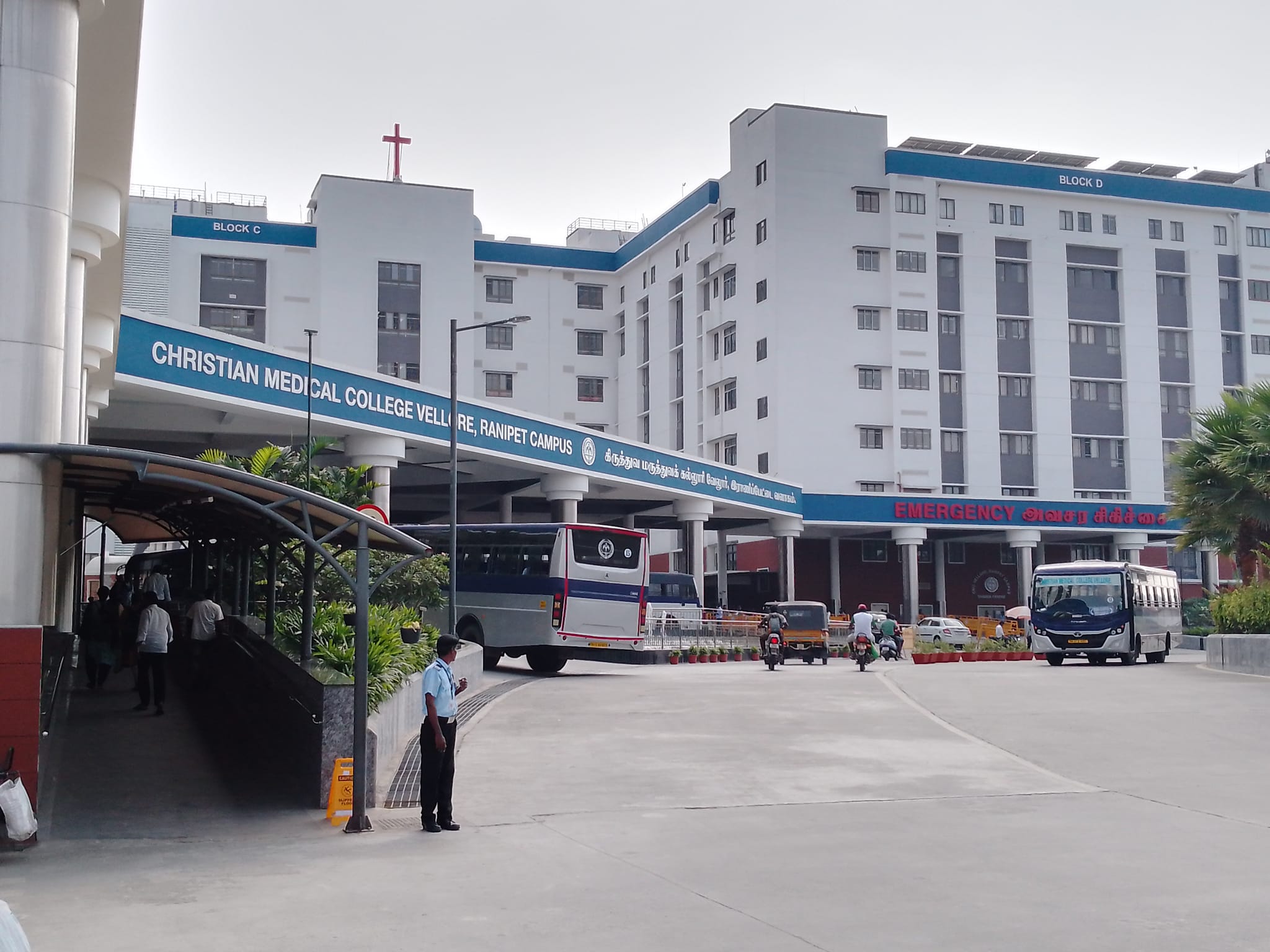Medical tourism involves patients traveling to another country. South Indian states, particularly Tamilnadu, Andhra Pradesh, Kerala, Karnataka and Telangana as a leading hub for medical tourism in India. In recent years, South India has emerged as a premier destination for medical tourism, attracting patients from around the globe seeking high-quality healthcare at affordable prices. This transformation into a medical tourism hub is driven by cost-effectiveness, advanced medical facilities, skilled healthcare professionals, and supportive government policies. This essay explores the various elements contributing to South Indian states becoming India’s medical tourism capital.
Approximately 2 million patients visit India each year. India is a major hub for medical tourism for patients of our neighboring countries Bangladesh, Nepal, Myanmar, Maldives, Srilanka and Pakistan.
Several factors have contributed to the emergence of South Indian cities, particularly Chennai, Bangalore and Hyderabad as prominent hubs for medical tourism in India. The following elements play a crucial role in attracting both domestic and international patients:
Cost-Effectiveness
One of the most significant factors driving medical tourism in South India is the affordability of healthcare services. Treatment costs in cities like Chennai and Madurai can be as low as one-tenth of comparable procedures in developed countries, making it an attractive option for patients seeking high-quality care at lower prices, For instance, procedures such as cardiac bypass surgery, organ transplants, and hip replacements are sought after due to their significantly reduced costs in these regions.
Quality of Care
South India boasts world-class medical facilities and highly skilled healthcare professionals. Hospitals in cities like Chennai have received international accreditation and are equipped with advanced medical technologies. The region is known for its specialized care in cardiology, oncology, and other complex medical fields, which enhances patient confidence in the quality of treatment available.
Infrastructure and Accessibility
The infrastructure supporting medical tourism in South India is robust. Major cities are well-connected by air, road, and rail, facilitating easy access for international patients. The Indian government has also implemented policies to simplify travel for medical tourists, including visa-on-arrival schemes and e-visas specifically for medical purposes. This ease of travel significantly contributes to the influx of foreign patients.
Short Waiting Times
Patients often face long waiting periods for treatments in their home countries. In contrast, South Indian hospitals typically offer short waiting times for procedures, allowing patients to receive timely care. This efficiency is a critical factor for those seeking immediate medical attention.
Language Proficiency
The widespread use of English among healthcare professionals in South India mitigates language barriers for international patients. Many doctors have trained abroad and are fluent in English, which enhances communication and comfort for foreign patients seeking treatment.
Government Support
The Indian government has actively promoted medical tourism through various initiatives aimed at improving healthcare infrastructure and easing visa regulations. Programs such as the introduction of medical visas allow patients to stay longer while receiving treatment. Additionally, investments in healthcare facilities have increased the availability of specialized services across South Indian states.
Holistic Healthcare Options
South India also offers a unique blend of traditional and modern medicine, including Ayurveda and other holistic practices. This combination appeals to a broad spectrum of international patients looking for comprehensive wellness solutions alongside conventional treatments. South India’s rise as a medical tourism hub is attributed to its cost-effectiveness, high-quality care, strong infrastructure, short waiting times, effective communication, supportive government policies, and the integration of holistic health practices. These factors collectively create an attractive environment for international patients seeking medical treatment.

